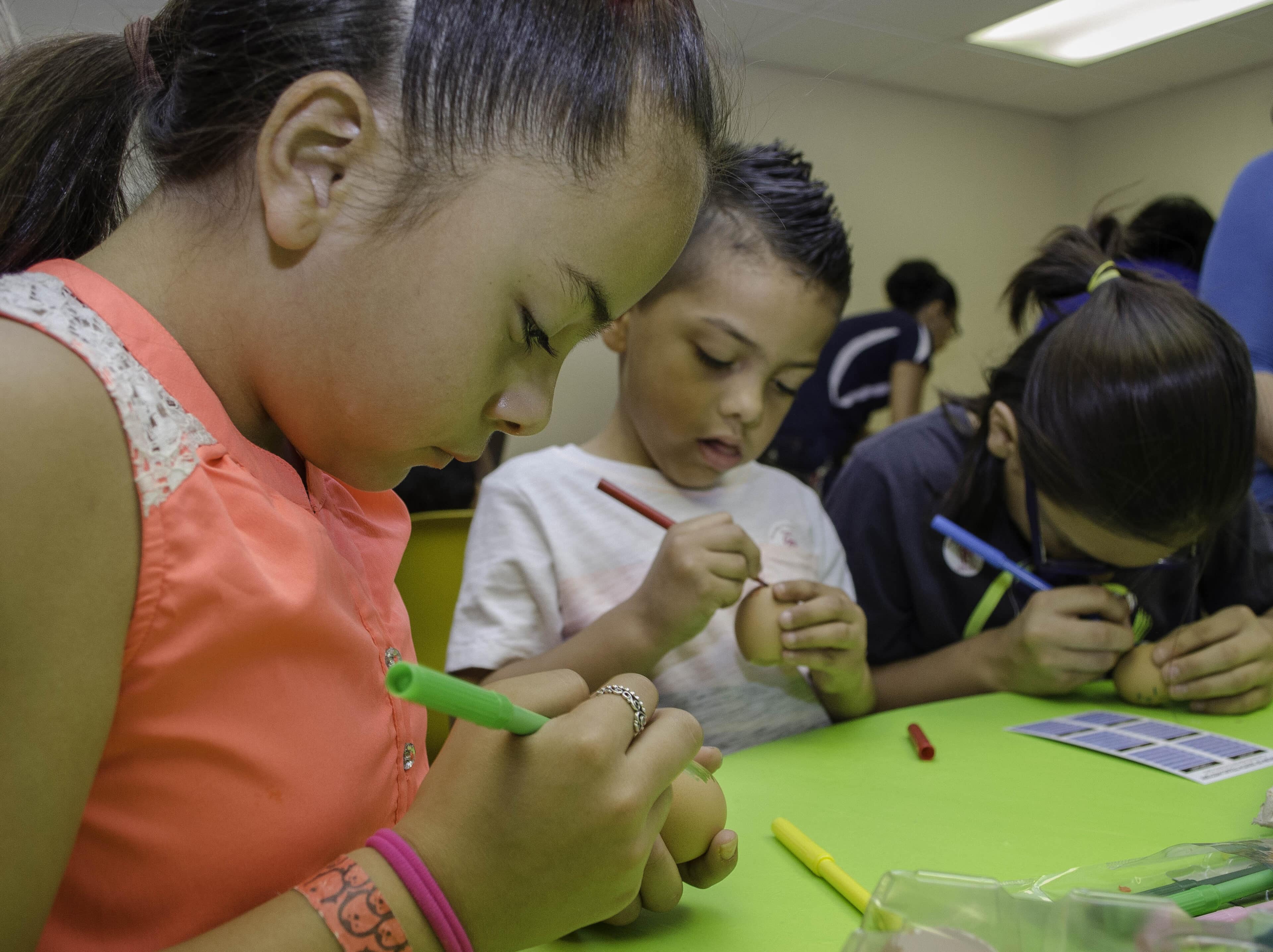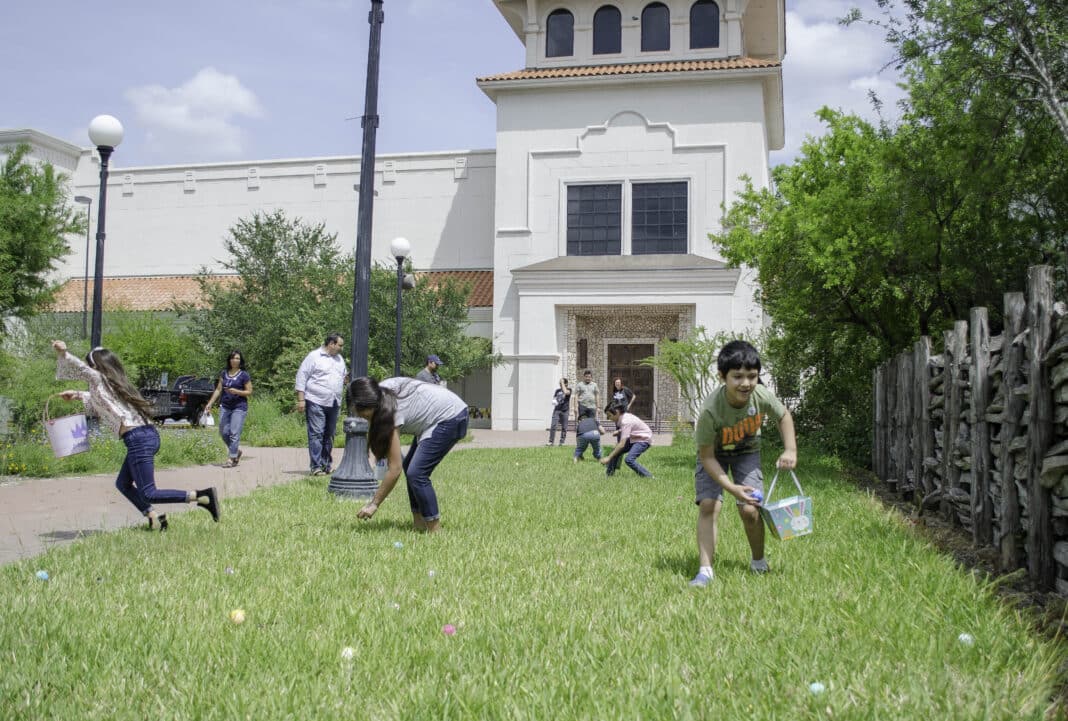This Sunday marks the second year Easter collides with the COVID-19 pandemic, limiting social gatherings and church crowds, but Edinburg’s Museum of South Texas History Community Engagement Officer René Ballesteros says the heart of the holiday is still being celebrated.
“A big part of our culture and history is public gatherings,” Ballesteros said about Hispanics. “And not just public gatherings, but also family gatherings. It’s a central part of who we are, so with what has happened, it’s definitely going to leave a cultural scar… But Easter is about rebirth, so maybe this year around we are going to be able to focus more on some positives.”
As a holiday tied to a religious commemoration, celebrating Easter is one of the most sacred traditions for the Hispanic culture, he said.
Easter is celebrated in South Texas much differently than in other parts of the country, Ballesteros explained, tracing back to when European colonizers and monks sought to convert the indigenous people who populated the area in the 1600s and 1700s.
Many of the cultural celebrations of indigenous people aligned with seasonal equinoxes, which made it easier for colonizers to bring people into Christianity.
“Easter is one of those examples, this is spring time, it’s a story of rebirth,” Ballesteros said. “It’s a story of growth and that is what made it attractive to the culture that we are clashing and combining.”
However, the history of cascarónes — hallowed eggs coated with pastels colors and filled with confetti — is more hazy. Ballesteros said there is just a legend that explains how the Hispanic tradition of coloring festive eggs came about.
According to the folktale, when Ferdinand Maximilian, archduke of Austria and the emperor of Mexico, accepted his new position as ruler of the country, he and Empress Carlotta loaded their ship with several royal ornaments — including decorative eggs filled with perfume powder.
Throughout his reign, Maximilian and Carlotta would often offer the filled eggs at their elaborate banquets and balls, and it has become a festive tradition since.

Ballesteros said the meaning of cascarónes now is different than what the legend portrays. “The powerful part of making cascarónes in Easter is that not only is it religious, but it is a chance for the family to come together with a shared craft,” he said. “That’s when stories can be shared. That’s when culture, language and generally a lot of heritage interaction happens.”
He also noted that papel picado, a Mexican folk art made with perforated paper, is another unique way Hispanics celebrate Easter and other holidays.
From Thursday to Saturday, the museum gave out free cascarónes kits to families, which contained a dozen blank, hollowed eggshells, markers, confetti, craft paper and bird seed (to include as a filling).
Then on Friday, the museum hosted a virtual ¡Cascarón! Workshop, in which viewers assembled and designed their own cascarones together.
Before the pandemic hit, the museum would usually open its doors and lay out tables for families to come and make cascarónes. Ballesteros recalled that the 2020 Easter celebration was the first event the museum had to cancel and move online when COVID-19 first began to spread.
But the meaning of Easter doesn’t lie in the colors of cascarónes, or how much confetti collects on the grass, Ballesteros said, it’s about honoring religion and traditions.
“Cascarónes and these traditions, they stay alive not because a museum is observing it, but because families around South Texas do it,” he said.





